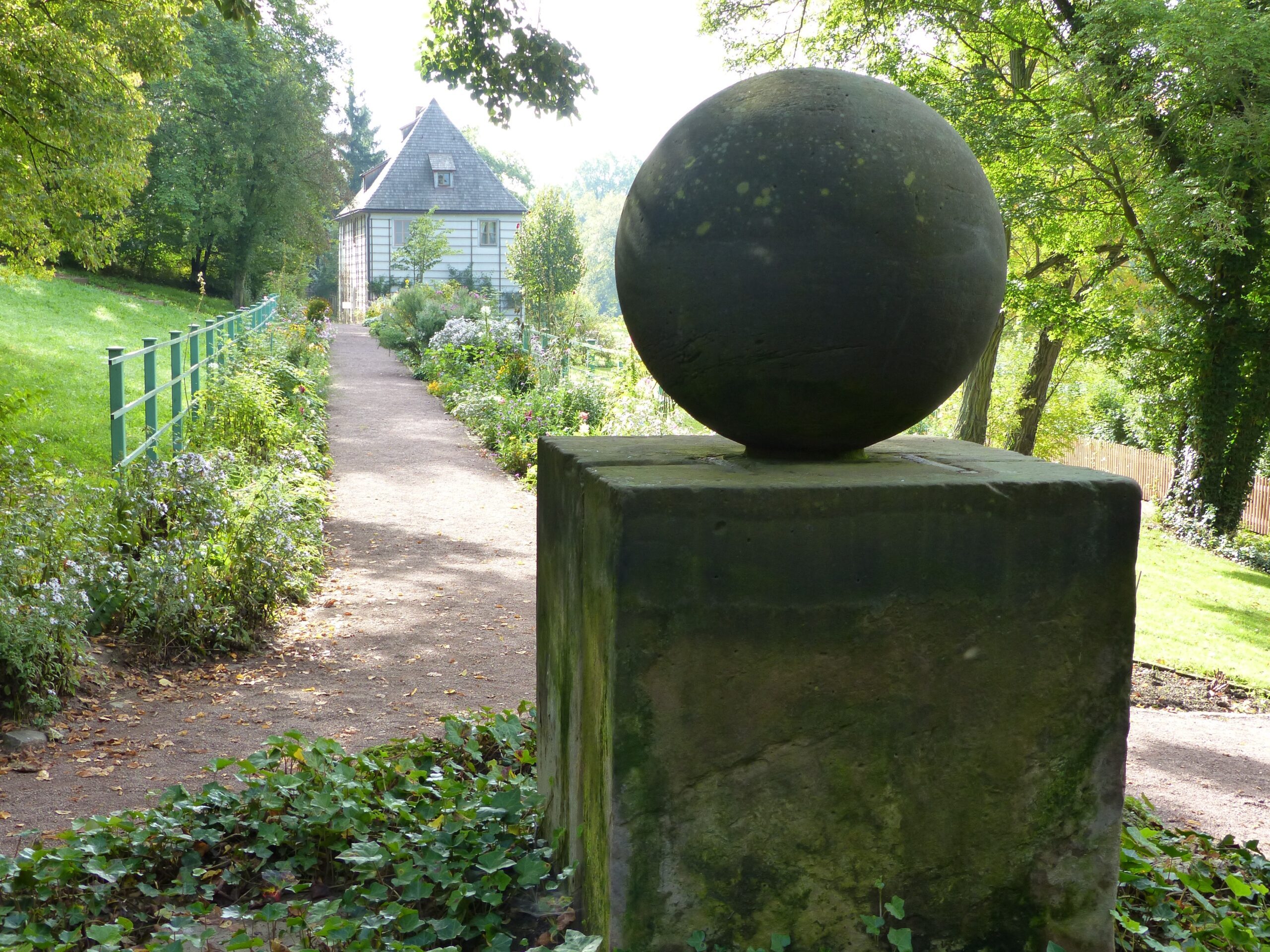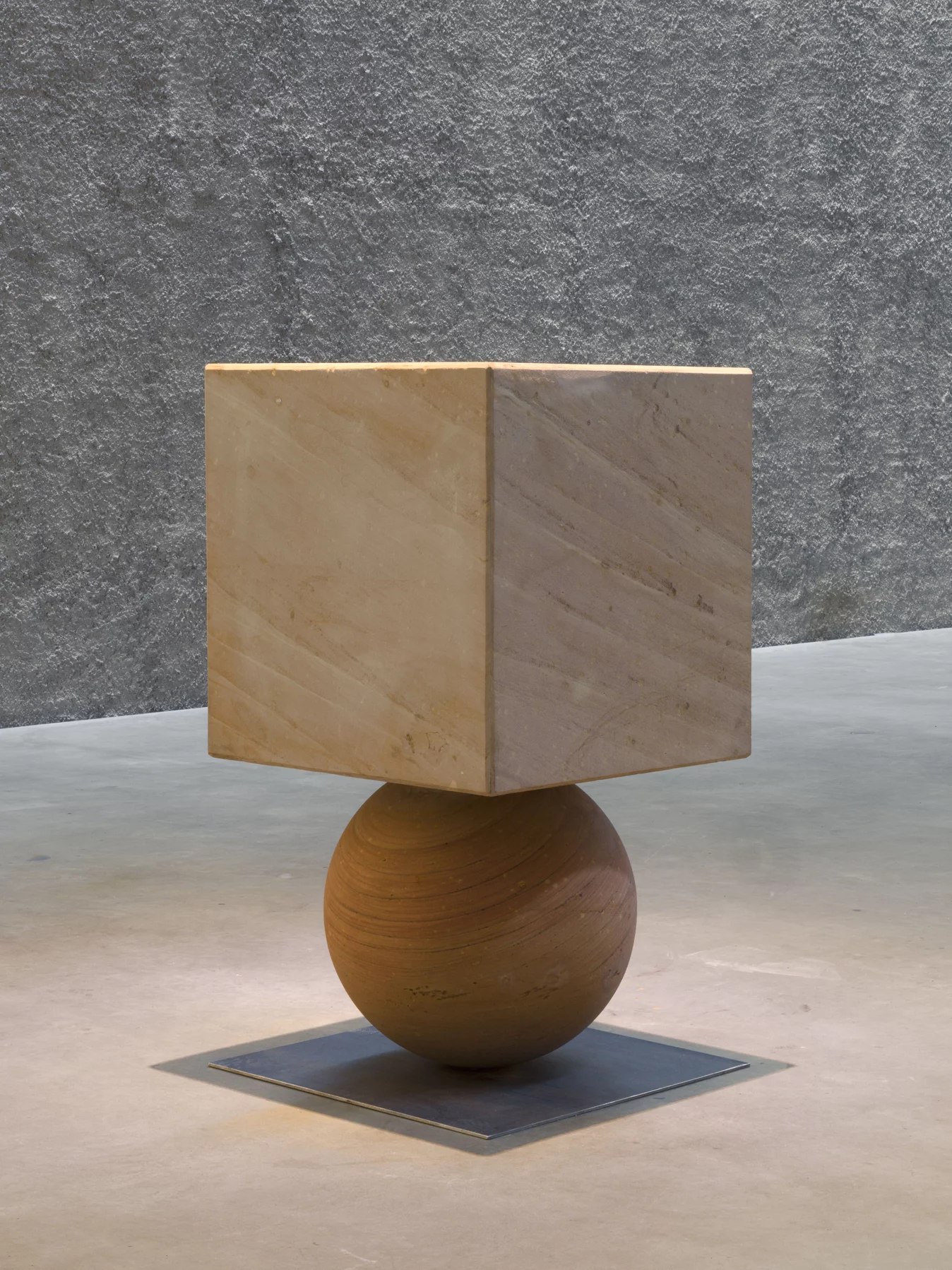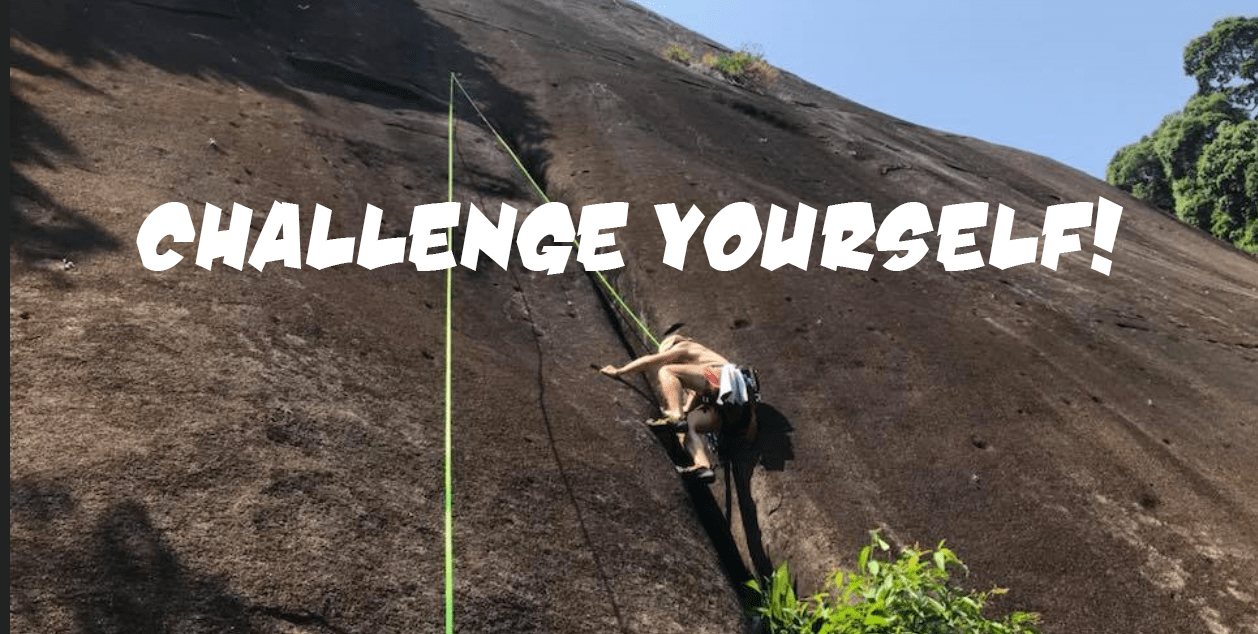
Image: Dr. Bernd Gross, CC BY-SA 3.0 DE <https://creativecommons.org/licenses/by-sa/3.0/de/deed.en>, via Wikimedia Commons
Johann Wolfgang von Goethe (1749–1832) is best known as one of Germany’s most influential poets, novelists, and thinkers. But in 1777, he also ventured into artistry. With the support of his former teacher, Adam Friedrich Oeser, Goethe designed and commissioned the above sculpture from a local stonemasonry, placing it in his garden in Weimar.
At first glance, it was a simple structure… a solid cube at the base with a globe resting on top. But its symbolism ran much deeper.
The cube represented stability and permanence, the foundation of life. The globe, by contrast, symbolized movement, change, and uncertainty. Some say this monument was Goethe’s declaration of love to Charlotte von Stein. Others see it as an expression of gratitude … for his home, his garden, and the life he had built.
Looking at Goethe’s sculpture, we can all relate to the sense of stability, clarity, and wisdom it conveys … that feeling of being on solid ground, of having a strong foundation to support whatever life throws at us.
Perhaps we’ve all felt like that at times. Goethe called his sculpture “Stein des Guten Glücks”—”Stone of Good Fortune.” It still stands today in Weimar in Eastern Germany.
Nearly 250 years later, Belgian artist Kris Martin took Goethe’s concept and flipped it on its head—literally. In 2023, Martin unveiled a sculpture that reverses Goethe’s design: a globe at the base, precariously balancing a cube on top.

Image: https://www.artsy.net/show/konig-galerie-kris-martin-good-luck?sort=partner_show_position
The structure defies logic. It feels unstable. It seems as though, at any moment, it might collapse.
And yet… doesn’t this feel more like life as we know it today?
Many of us are struggling to keep up, juggling the impossible while the world throws curveballs at us—economic uncertainty, political instability, environmental crises, personal upheavals. Long-held securities feel shaky. The ground beneath us no longer seems as firm.
Martin named his sculpture “Good Luck”—a phrase that could be read in two ways. It might be a genuine wish for well-being in uncertain times. Or perhaps, it’s an ironic nod to the sheer challenge of staying balanced in today’s world.
Interestingly, Martin used the exact same material as Goethe: Seeberger sandstone, quarried from the same region around Weimar. Some sources even suggest his sculpture was crafted by the very same stonemasonry that created Goethe’s—connecting the two works across centuries.
But why am I sharing this story?
Because I strongly believe both statues have a place in our lives.
Some days, we feel like Goethe’s structure … stable, rooted, strong. Other times, life turns on its head, and we are left desperately trying to keep the cube from falling.
And if we’re honest? Lately, it seems like we are living more in Kris Martin’s world than in Goethe’s.
But here’s the thing. Both states are part of life.
They come and go, just like the tides. The real challenge is how we navigate the moments when everything feels uncertain. And while there’s no single answer, here are five simple ways to build resilience when life feels impossible. Each technique is linked to a brief newsletter that explains it through an empowering story:
1. Talk to a friend – Discover how opening up can help you in overwhelming times.
2. Breath slower – Small breathing adjustments can bring clarity and calm.
3. Take one step at a time – Breaking things down can make all the difference.
4. Be prepared – Being ready when it counts can change everything.
5. “Flee inwards” – Finding deeper meaning in adversity.

If you’re in a season where life feels unstable … where the cube is wobbling on the globe … remind yourself that you have stood on solid ground before.
Use the tools above to weather the storm. And trust that, in time, you will find your way back to stability, just as Goethe did in Weimar, deeply in love with Charlotte von Stein and at peace with life.
Happy balancing. 😊

Leave a Reply